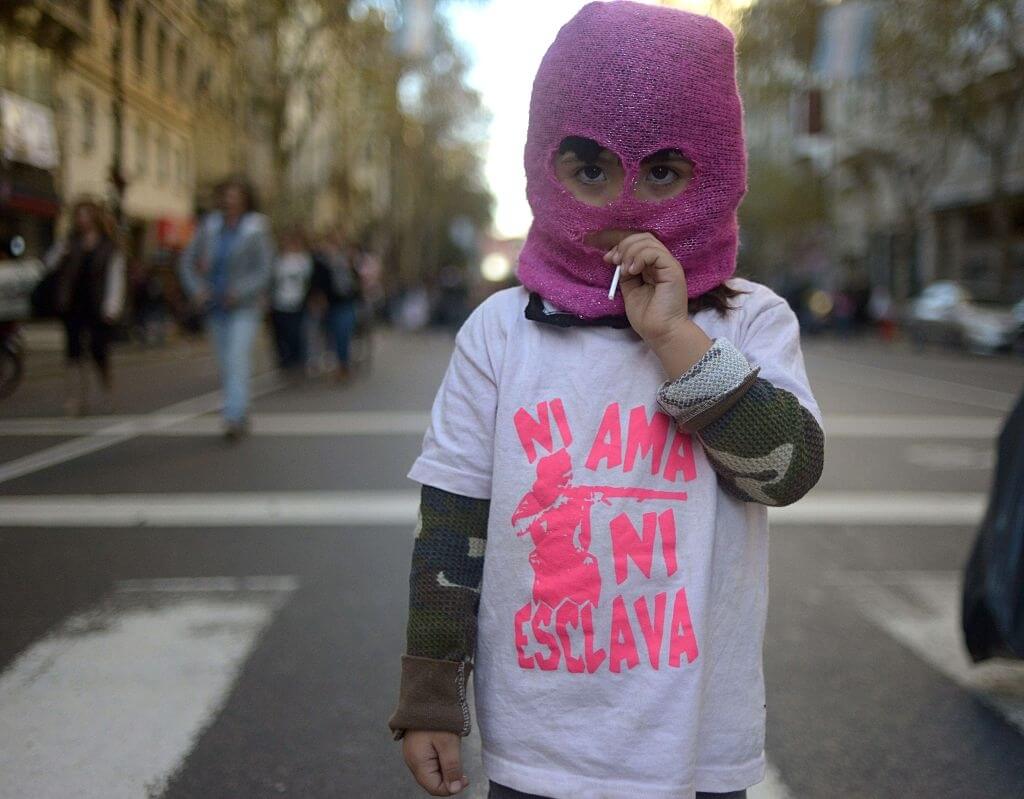Looking at the kind of coronavirus situation right now in the country, it has been observed that toddlers and babies are at lower risk of bringing the infection to their homes as compared to teenagers. However, once they get infected, they can spread the infection at a greater speed inside their households.
Also, young children are much more susceptible to diseases and need extra love and care when they are sick. They cannot be isolated and need to be looked upon every now and then. As per the journal JAMA Pediatrics, the study revealed that infected children are as contagious as adults. As per the reports, the toddlers are driving the pandemic and the young children still have a role to play in it.
Babies And Toddlers At A Greater Risk Of Spreading Infection?
As the research suggests that children are readily spreading the infection in households, it has become necessary to consider the safety of children as the schools reopen shortly. As the social encounters will start increasing in the lives of children, they will become more prone to getting infected than ever before.

Although the children were made to stay inside their homes and schools were closed, with the reopening of educational institutions, their lives will be at risk. As per the research conducted at Public Health Ontario, it was observed that the first person to catch infection was under the age of 18 in the households.
Looking at the data, the children aged from 14 to 17 years were among the index cases and were the ones who brought infection at home. This situation also puts other members at risk. When you look at the kind of engagement that teenagers are involved in, you will find that they are in quite close proximity that makes them more vulnerable to getting infected.
The very young children, on the other hand, do not have the opportunity to go out and interact with people. They are used to playing inside and get in touch with several objects and surfaces that can act as mediums of infection for them. This also puts them in a position to spread infection at home easily.
It is also suggested that young children may carry higher levels of virus and can also have higher rates of viral shedding when compared to teenagers. Also, children of low age can also be carrying higher levels of virus in comparison to adults. In addition to this, the research has shown that the youngest children rarely get seriously ill.
The role that children play in the transmission of the disease is uncertain and the dynamics of this deadly disease transfer is also quite complicated at the moment. There is no vaccine available for children aged below 12 years. So, one of the methods to prevent the spread of infection through children is to let other members of the family be fully vaccinated.
The daycares and schools can help prevent the spread of infection by following the social distancing norms and performing good testing and masking. Apart from this, proper ventilation is also required to be a part of the educational infrastructure. Children must be made to follow good hygiene norms and keep themselves safe.